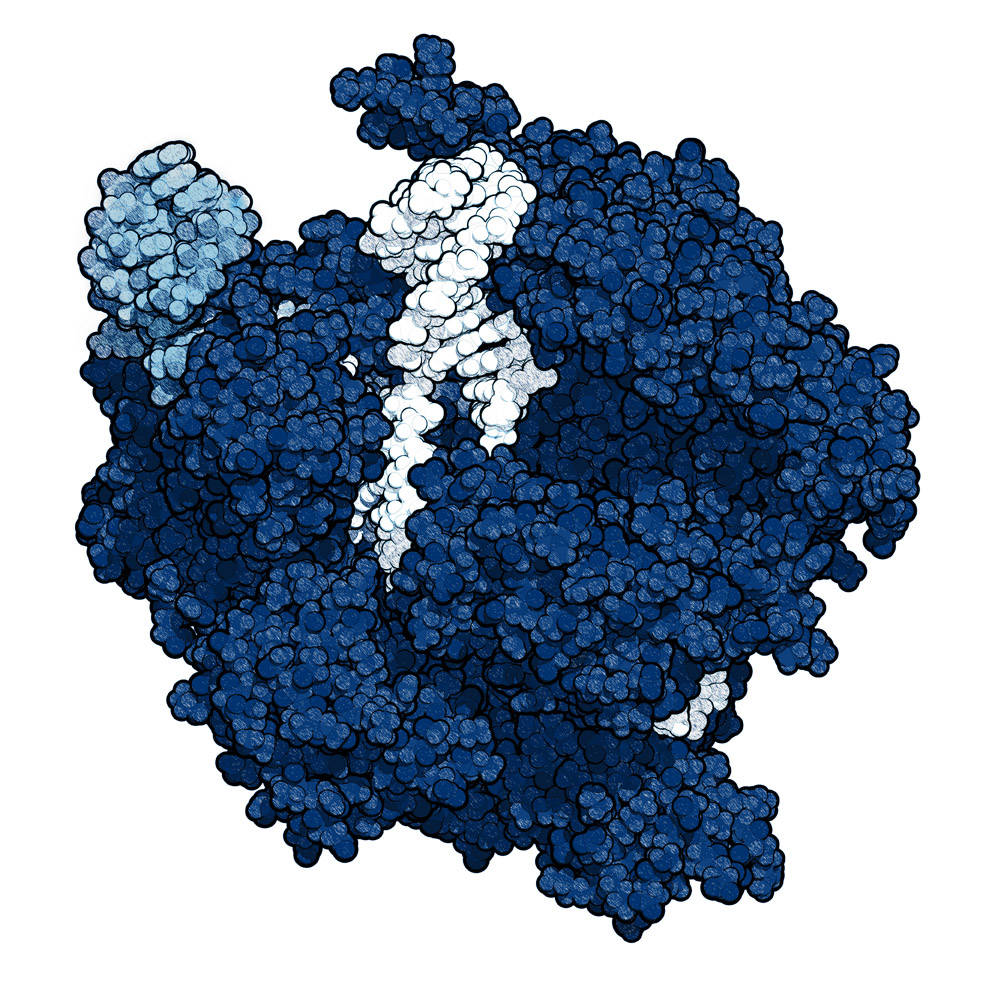Perhaps you missed it. Last year a group of scientists used a new, genetic engineering technique, called CRISPR/Cas9, and successfully edited the genome of a human embryo. To their credit, they did this in an embryo that did not have the potential to be implanted and progress to term so they have not altered the human germ line — our shared lineage. And just a few weeks ago, three separate groups of scientists announced that they had, in mice, successfully eliminated the defective genetic sequence responsible for Duschenne muscular dystrophy — thus eliminating the disease in the group of animals that resulted and their offspring.

What is genetic engineering or as it is often put, genetic editing and why should you care? Simply put, it's rearranging DNA, deleting small bits of it, or adding short sequences of DNA — even from another species — to cells including embryos (note, in what follows, I'm discussing editing germ line cells with heritable changes rather than somatic cells which are not heritable). For several decades, scientists have done this using chemicals, radiation, or other creative methods. However, those approaches changed DNA more or less randomly and were anything but precise. To a large extent, you had to get lucky to get what you wanted and even then, there could be unintended and unexpected consequences.
With CRISPR/Cas9, precision has increased to the point where you can change exactly what you want with almost no collateral damage detectable. Editing the human genome is almost certainly just around the corner though responsible scientists have a moratorium on this work for the time being — in part because the potential for side effects is still unknown and in part to give time for the obvious ethical questions to be discussed.
So, how does CRISPR/Cas9 work? The genome of a human is approximately three billion bases of DNA code. CRISPR/Cas9 complex slides along the double helix of DNA until it recognizes exactly (or very nearly exactly) the sequence that a practitioner wants to edit. Once found it stops and cuts both DNA strands precisely where desired. Cells have an amazing ability to repair DNA and, when the break is "healed," voila, part of the offending DNA sequence is deleted. Alternatively, with a little added cleverness, an alternative sequence of DNA can be inserted by the cell's repair system at the break site and you have added a desired bit of DNA providing a precision genetic edit.
Why should we care? Human genome editing has great potential — potential to eliminate genetic diseases from a family's germ line once and for all. Imagine a population with less susceptibility to cancer, to Alzheimer's, to diabetes, to a whole host of diseases. Wouldn't you want to improve the germ line of your family to reduce your kids and grandkids' risk of suffering from these devastating diseases?
But of course, genome editing also has great potential to fundamentally change who we are as a human race — for good, bad or simply design. Imagine the family who wants to eliminate a troublesome gene and unknowingly sacrifices a great talent in the process — in this generation and for all generations downstream. Imagine a family that wants to design an NFL quarterback! Imagine a society engineering too many great soccer players or even soldiers. Conceivably we could add wonderful capabilities to the human race — but at what cost, at what loss of unknown potential?
The simplest of these possibilities — good or bad — probably won't mature in the next couple years, but they almost certainly will in ten or so. Do we, as the human race, have the ethical foundation, the shared commitment, the common values necessary to manage, contain, and control the profound implications of this incredibly amazing science? Will we learn from our history and use such an approach with extreme care? Are we ready to add traits to or delete traits from the human germ line — perhaps fundamentally changing the human race? Yes, there is much work to be done to improve the science, but even more to provide the global ethical underpinnings for this pivotal new capacity.
Charles E. Hewett, Ph.D., previously served as executive vice president and chief operating officer of The Jackson Laboratory.